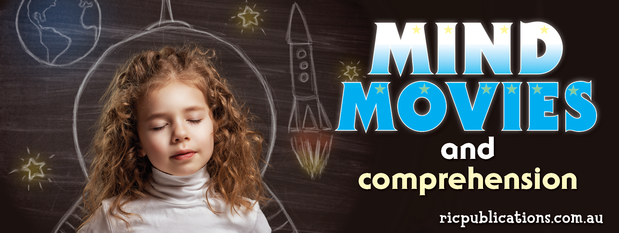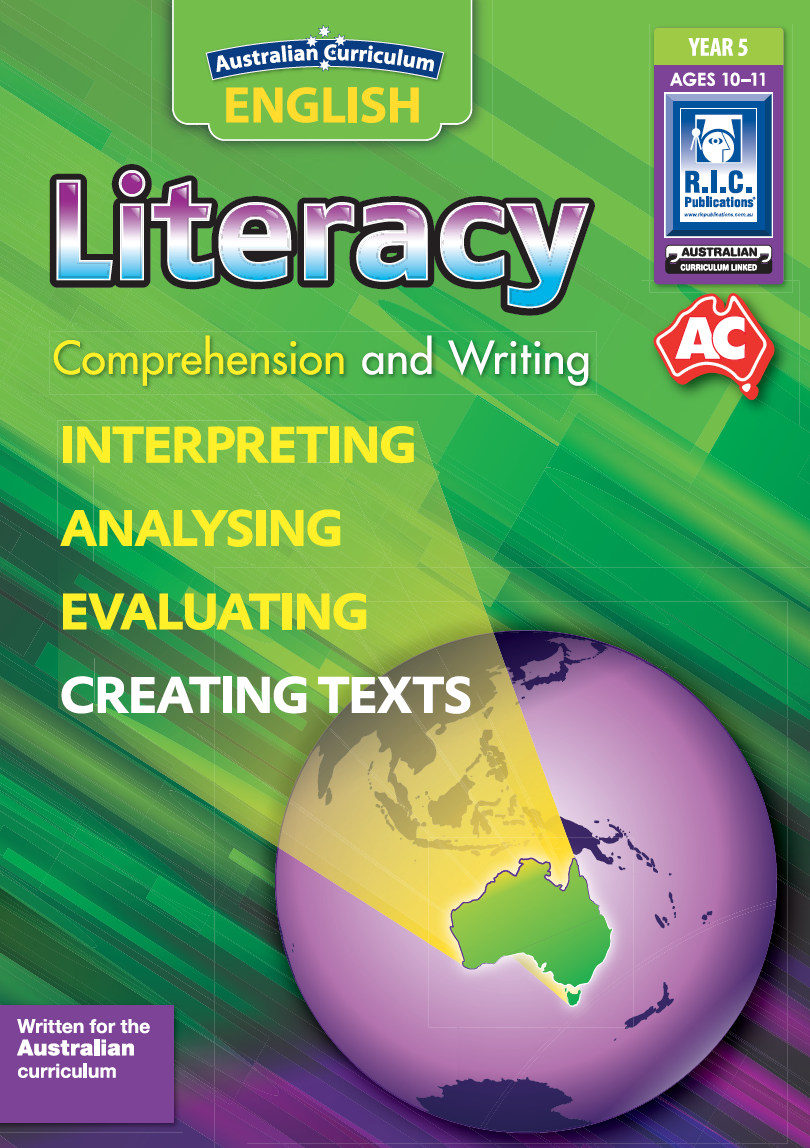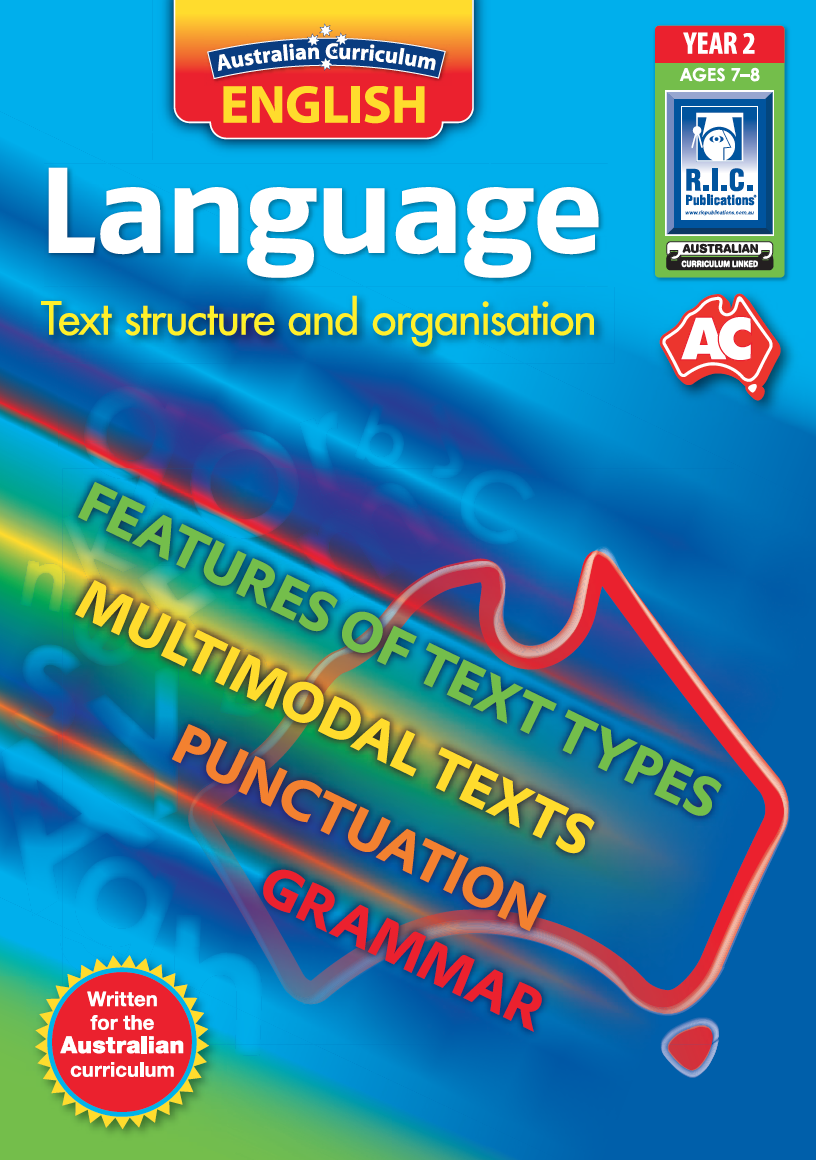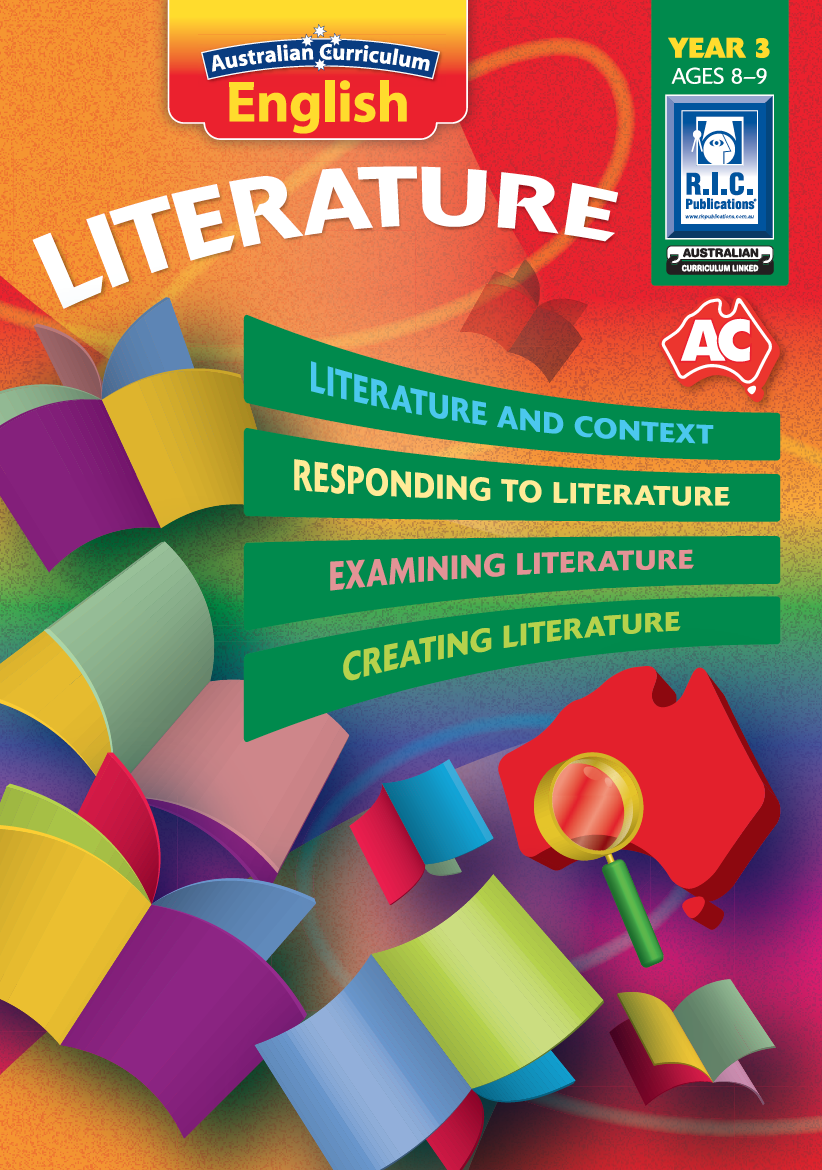- Tuesday 09 May 2017
- 0 Comments
One would assume that children naturally create images in their mind when reading a story, but this is not always the case. Visualisation or creating 'mind movies' is a strategy that deserves to be taught explicitly.
Research has indicated that good readers picture what is happening while they are reading, which leads to a better understanding and improved ability to recall what they have just read (Sadoski and Wilson, 2006).

How do 'mind movies' help comprehension?
- The text comes alive in 3D, making it more interesting and fun, and more likely that students will pay attention to what is being read.
- Students use their senses to build a whole picture in their mind and draw on non-verbal parts of text to imagine details.
- Imagery helps students remember details long after the text has been read.
- Children are able to create deeper meaning when they combine the imagery from the text with their existing imagery of the world.
- Imagining scenes and characters can also serve as a prompt for students to re-read text to gain a better understanding in order to fill in the details of their 'mind movie'. Students may then read with more consideration in future so that they extract enough information to form their mind movie.
- In turn, children may also be inspired to write stories with more detail and descriptive words so readers have enough information to develop their own mind movie.

How to explicitly teach visualisation in class:
- Start with a simple visualisation. Students close their eyes and wait until the room is completely quiet. Ask the students to imagine they are aboard a space shuttle that has just blasted off from Earth and is hurtling towards a distant planet.
- Ask students to describe their 'mind movie', using all of their senses. What were they wearing, what did they see, could they smell anything, what did they hear? What words in the text helped them see that? Explain that this is visualisation.
- Now try a more complex visualisation. Choose a text that lends itself nicely to imagery (you'll find plenty here and here) and read a passage out loud (or students can read it individually, depending on the age group). As the text continues, ask students to add more details to their mental movie.
- Students complete one of the following activities:
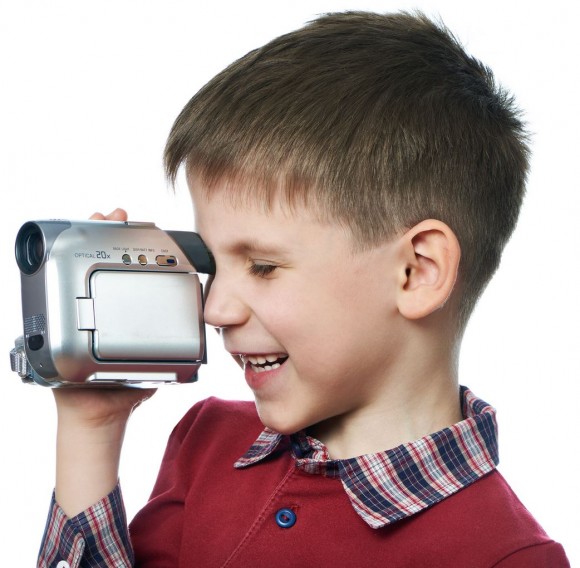
- Draw a scent from their mind movie.
- Build a diorama of a character or setting.
- Act out a text.
- Create a picture based on the text.
- Turn it into a comic strip.
- Discuss the images that are the same and those that are different. All good stories will conjure up universal images as well as those that evoke a personal connection to individual images.

There is no limit to which learning area this comprehension strategy can be applied to—English, mathematics, science or humanities. Get going and help your students make a mind movie today!
